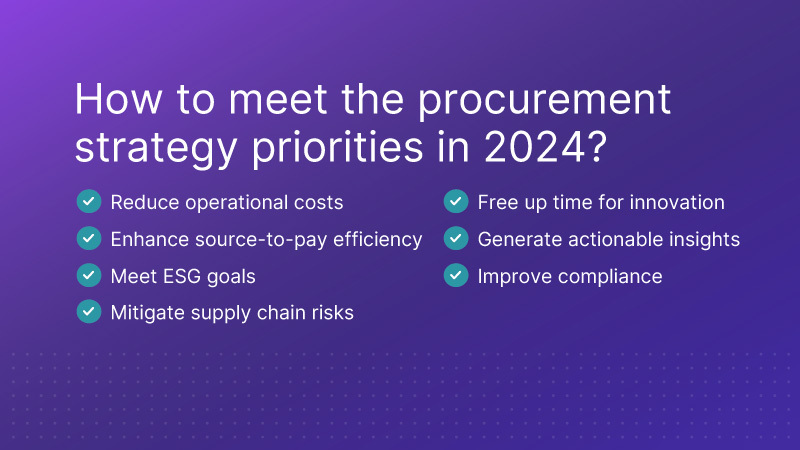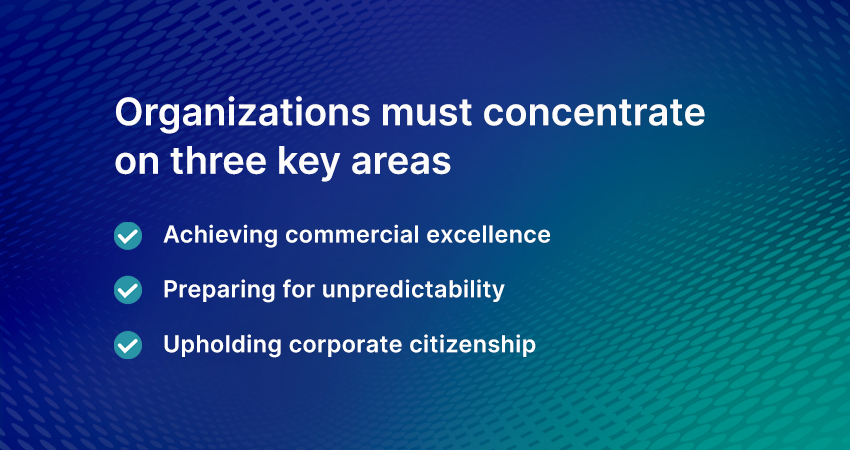
The Procurement Beige Book Summary Sheet: April – June 2022


(NOTE: The Procurement Beige Book will be available on Beroe LiVE.Ai, the next-gen Procurement Intelligence platform. If you would like to schedule a demo to learn more about the exciting features such as smart AI assistant “Abi”, please write to contactus@beroe-inc.com)
The Procurement Beige Book is a quarterly publication from Beroe that assesses and reports the level of favorability in sourcing a comprehensive set of commodities, materials, products, and services.
The Methodology

Category Softness: Beroe tracks the movement in price, input cost, supply–demand gap (or demand, in the case of categories where supply is largely elastic), and market competition and identifies whether each of these parameters is favorable, unfavorable, or neutral based on the direction (increase or decrease) and magnitude of change. The favorability levels of the four parameters are combined to provide a unique indicator that we call, category softness. A higher category softness indicates more favorable sourcing conditions.
Roll Up: Each category tracked is part of a portfolio of similar categories, and a collection of related portfolios constitutes a cluster. The level of favorability across the four key parameters for each category in a portfolio is used to arrive at the level of favorability and overall softness at a portfolio level. The relative significance of each category in a portfolio is considered in this roll up. This process is repeated with related portfolios within a cluster to arrive at the level of favorability and overall softness at the cluster level.
Scale and Scope
The Procurement Beige Book covers the softness data for 389 categories, 53 portfolios, and 19 clusters. Softness dashboards are available for 319 categories. Our analysts track a minimum of 30 to a maximum of 140 data points per category to provide softness data and dashboards.
Summary
The overall category softness — when all clusters are considered together—continues to be neutral in this quarter.
No cluster shows evidence of heavily unfavorable sourcing conditions. However, marginally unfavorable conditions in information technology (IT) and close to unfavorable conditions in the staffing services cluster will have a negative impact across most industries. The conditions in either cluster are not expected to worsen in Q3 2022. Other critical clusters, such as chemicals, metals and minerals, agro, packaging, and industrial manufacturing, are relatively stable and witness only marginal movement at the cluster level from Q2–Q3 2022.
Sourcing Conditions Snapshot
|
|
Improving |
Stable |
Worsening |
|
Categories |
93 |
192 |
104 |
|
Portfolios |
14 |
26 |
13 |
|
Clusters |
1 |
17 |
1 |
|
Favorable |
Neutral |
Unfavorable |
|
|
Categories |
39 |
330 |
20 |
|
Portfolios |
7 |
43 |
3 |
|
Clusters |
2 |
16 |
1 |
Chemicals
The conditions remain neutral in the chemicals cluster with worsening conditions in three portfolios, improving in three, and three remaining stable. Though the entire cluster and eight portfolios fall in the neutral or favorable band, prices and input costs have increased and are unfavorable across portfolios, such as industrial acids, pigments, resins, and solvents. The supply demand situation is neutral to favorable across all portfolios except silicones, indicating a further softening in the near future.
Metals and Minerals
The conditions remain neutral at the metals and minerals cluster level and have witnessed mild softening, as indicated above. Conditions in the metals portfolio are likely to improve in Q3, whereas the minerals portfolio is witnessing a slight worsening towards unfavorable sourcing conditions. In this cluster, unfavorable price and input cost conditions have continued since the past few quarters appear to be easing in Q3 2022 with the supply-demand situation improving in many categories.
Mining
The conditions are likely to remain stable from Q2–Q3 2022 in the mining cluster. All portfolios are expected to witness a mild improvement, although the sourcing conditions were neutral. Price and input cost conditions are likely to improve across equipment, consumables, and services in Q3 2022 as the supply-demand situation and market competition stays neutral or favorable across these portfolios.
Industrial Manufacturing
The fairly stable category conditions are expected to continue in the industrial manufacturing cluster. The supply-demand scenario in the electronic components portfolio is expected to continue in the neutral to unfavorable territory for at least the next two quarters, while conditions in the industrial processes and mechanical component portfolios continue to be in the neutral to favorable territory. A stable to favorable supply-demand index for critical inputs in electrical and mechanical components can drive improvements in subsequent periods.
Energy
The category conditions are likely to witness an improvement from near-unfavorable to more neutral conditions at the energy cluster level during Q3 2022. Although all portfolios fall in the neutral band, the price and input cost indices are unfavorable for natural gas, electricity, diesel, and renewable energy. The stable to marginally favorable supply demand conditions in many of these categories indicate a potential softening in Q3–Q4 2022.
Agricultural Commodities
The conditions are neutral in the agricultural commodities cluster. All portfolios fall in the neutral band, with 5 out of 10 portfolios experiencing improved sourcing conditions and three remaining stable. The supply-demand situation and market competition are neutral to favorable across 9 out of 10 portfolios, signifying a potential improvement if these conditions prevail. The entire food additive portfolio is expected to witness an unfavorable price index in Q3 2022 as the prevailing unfavorable input cost situation is likely to worsen.
Packaging
The category conditions are neutral at the packaging cluster level, with all three portfolios in the neutral to favorable territory in Q2 2022. However, conditions are likely to worsen in rigid and flexible packaging portfolios with price and input cost indices becoming unfavorable and supply-demand conditions worsening from favorable to stable band during Q3 2022. Paper packaging is expected to remain neutral during this period.
Pharma Research and Development
The category conditions are neutral and improving marginally at the pharma research and development cluster level. Contract research organizations, drug manufacturing services, pharma material and formulations, and medical equipment and supplier portfolios remain neutral, with the price and input cost indices continuing to be neutral in each of these portfolios. Although the price index is unfavorable for the contract research portfolio, the input cost and demand indices and market competition improved at the portfolio level. The input cost index is expected to remain unfavorable for lab services and pharma materials and formulation portfolios in Q3 2022.
Exploration and Production
The conditions remain stable and favorable in the exploration and production cluster as the oil and gas services portfolio witnesses an improved supply-demand index and market competition in Q2 2022 and Q3 2022. Price and input cost indices have stabilized in both portfolios, whereas the supply-demand index is likely to remain stable through Q3–Q4 2022. Improving market competition and stability in price, input cost, and supply demand indices across both portfolios indicates continued favorability of category conditions in the upcoming periods.
Indirects
The conditions are largely stable and neutral across indirect clusters and portfolios, with 8 out of 10 clusters remaining stable in the neutral band. However, the IT cluster will move into the unfavorable band for Q3 2022 due to the rebounding demand and increase in billing rates. This is likely to impact most industries across the board owing to the relatively broad exposure. However, this worsening is likely to be a one-time corrective movement and is not likely to continue beyond Q4 2022.
Marketing Services: The conditions are stable and neutral across the marketing services portfolio. Demand continues to grow for key categories in the portfolio and the impact of inflation is likely to take effect in the ensuing quarters.
Corporate Services: The conditions are stable and neutral and likely to continue in subsequent periods.
Staffing Services: The conditions are stable and neutral, and the demand remains stable.
Employee Benefit Services: The conditions continue to be neutral at a portfolio level.
Banking Services: The conditions are stable and neutral and likely to continue in subsequent periods.
Freight Services: The conditions will continue to be neutral and bordering unfavorable. Sluggish supply of ocean freight to continue in the Q2 2022 timeframe.
IT – Software, Infrastructure & Services: Conditions are unfavorable but likely to improve by Q4 2022.
Facilities Management: The conditions are stable and neutral and likely to continue in subsequent periods.
MRO: The conditions are stable and neutral and likely to continue in subsequent periods.
Engineering & Construction: The conditions are stable and favorable and likely to continue in subsequent periods.
Category Highlights:
The category conditions are expected to be unfavorable for corn, wheat, almonds, glycerin, sulfuric acid, carbon black, HDPE, LDPE, LLDPE, dimethicone, silicones, glycol ethers, employee relocation management, learning and development, investment management, data center hosting services, enterprise routers and switches, and personal computing during the July–September 2022 timeframe.
Category conditions are expected to be favorable in plant equipment, aluminum, carbon steel, copper and copper semis, iron ore, nickel, stainless steel, tin, lime, gearboxes and crushers, mining support equipment, gene therapy trials, analytical testing services, lab chemicals, cellulose ethers and its derivatives, tablet coatings, castor oil, rapeseed oil and meal, caustic soda, ethanolamine, soda ash, ammonia, urea, abs, polystyrene, methanol, methyl ester sulfonate, pressure sensitive labels, fluff pulp, labels, pulp, metal drums, corporate cards, catering services, contact centers, digital marketing services, promotional items, engineering and design services, and mechanical, electrical, and plumbing services.
Aluminum, carbon steel, copper and copper semis, iron ore, molybdenum, nickel, stainless steel, tin, zinc, ammonia, and urea were expected to show the greatest improvement in category softness.
The category softness is expected to worsen the most in investment management, primary market research, big data solutions, robotic process automation, fleet management, corn, rice, starch, wheat, almonds, cashew nuts, cocoa, and peanuts.
Recommended Reads:
Related Insights:
View All
Get more stories like this
Subscirbe for more news,updates and insights from Beroe







P